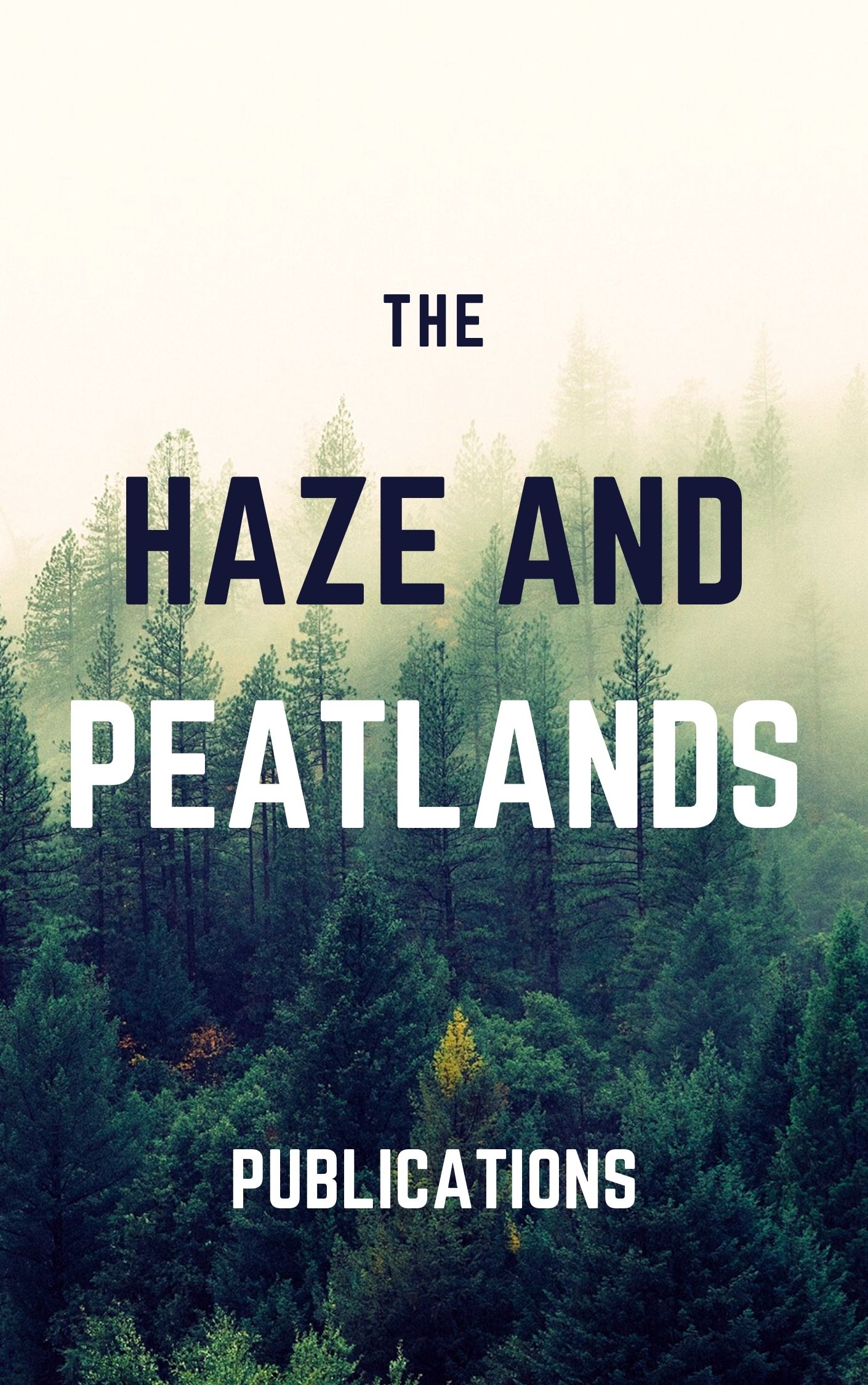Increasing temperatures and human activity are likely to reduce fire return intervals in the seasonal tropics. Anticipating how more frequent fires may alter forest community structure and composition requires understanding how fire intensity and species-specific responses to fires interact to drive fire-induced mortality for large numbers of species. We developed an analytical framework to estimate unobserved fire intensities and species- and size-specific susceptibility to fire using observed mortality data. We used census data from a 50-ha forest dynamics plot in western Thailand to better understand species and community responses to a fire that burned similar to 60% of the plot in 2005. Trees species, size and status (live, dead) were censused just before the fire (2004) and again 5 years later (2009). We jointly estimated a map of relative fire intensity and species-specific size-dependent background and fire-induced mortality. We then calculated the time required for individuals of each species to reach a fire-safe size threshold (the age at which the fire-induced mortality probability was <50%). To better understand community-level responses to fire, we compared results among different species groups (canopy status, forest-type association). Our model-derived map of fire intensity closely matched the field survey taken in the days after the fire. On average, individuals growing at the 95th percentile growth rate for most species groups required similar to 5 years to reach their species' fire-safe size threshold, while individuals growing at the median growth rate required similar to 17 years (assuming growth 1 cm). However, understorey species associated with the seasonal evergreen forest took 1.8 times longer than average to reach their fire-safe size threshold, with one species requiring up to 190 years. Synthesis. Our approach provided insights into spatial patterning of fire intensity in a seasonal tropical forest and species- and size-specific susceptibility to fire-induced mortality. Our results suggest increasing fire frequency will have the greatest impact on slow-growing understorey species of the evergreen forest. In addition, our model accurately predicts the growing dominance of a fast-growing understorey species, Croton roxburghii; Euphorbiaceae, common to evergreen and deciduous forests that can reach its fire-safe size threshold in 1.3 years.
View source

